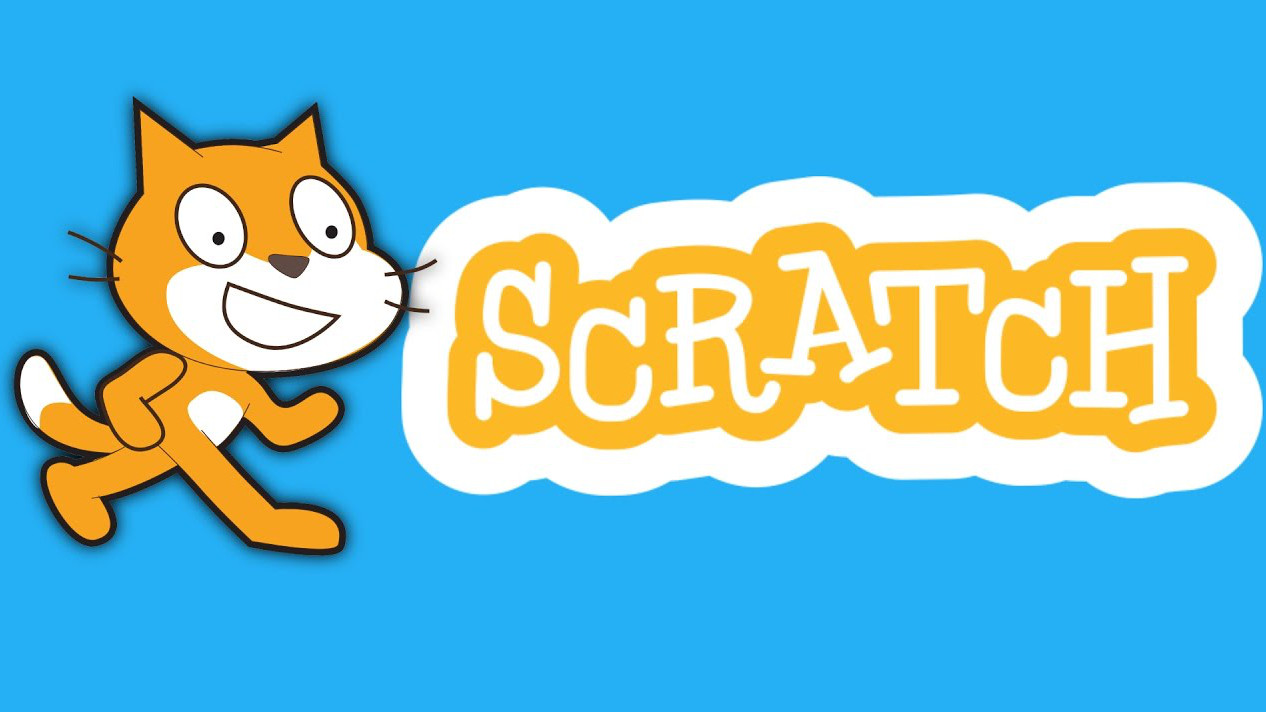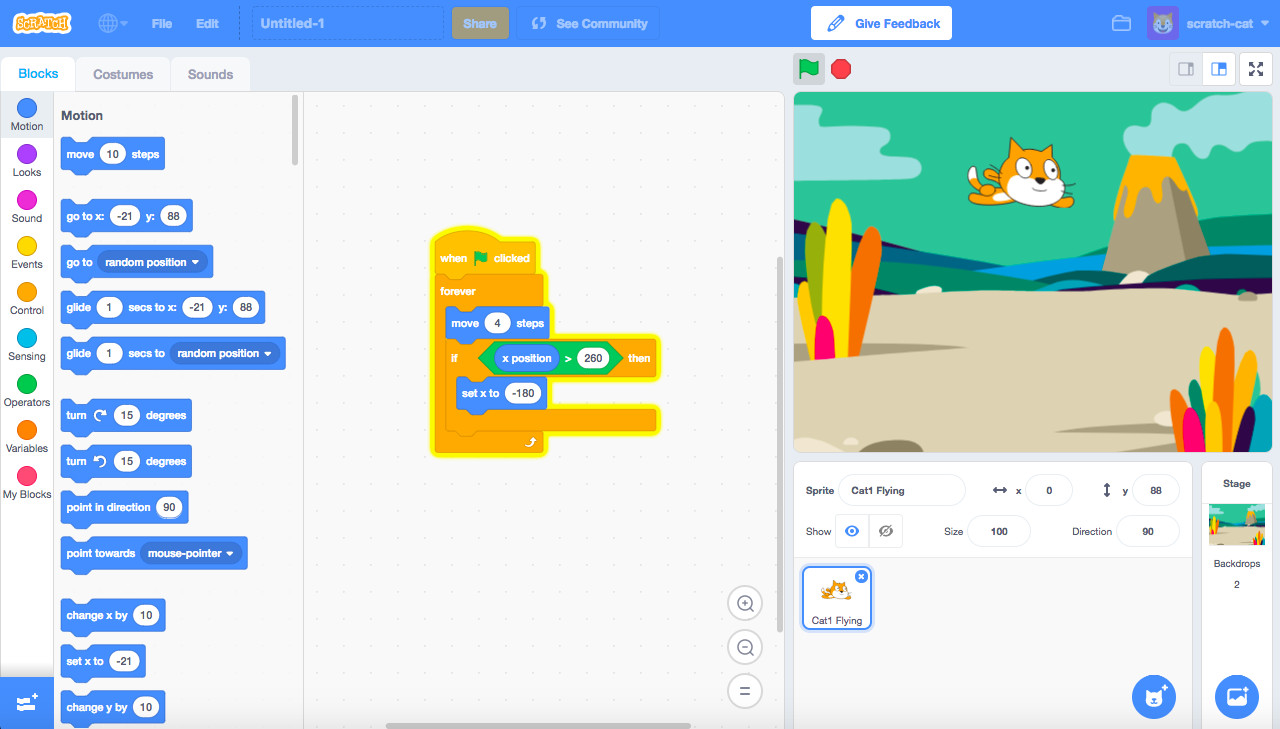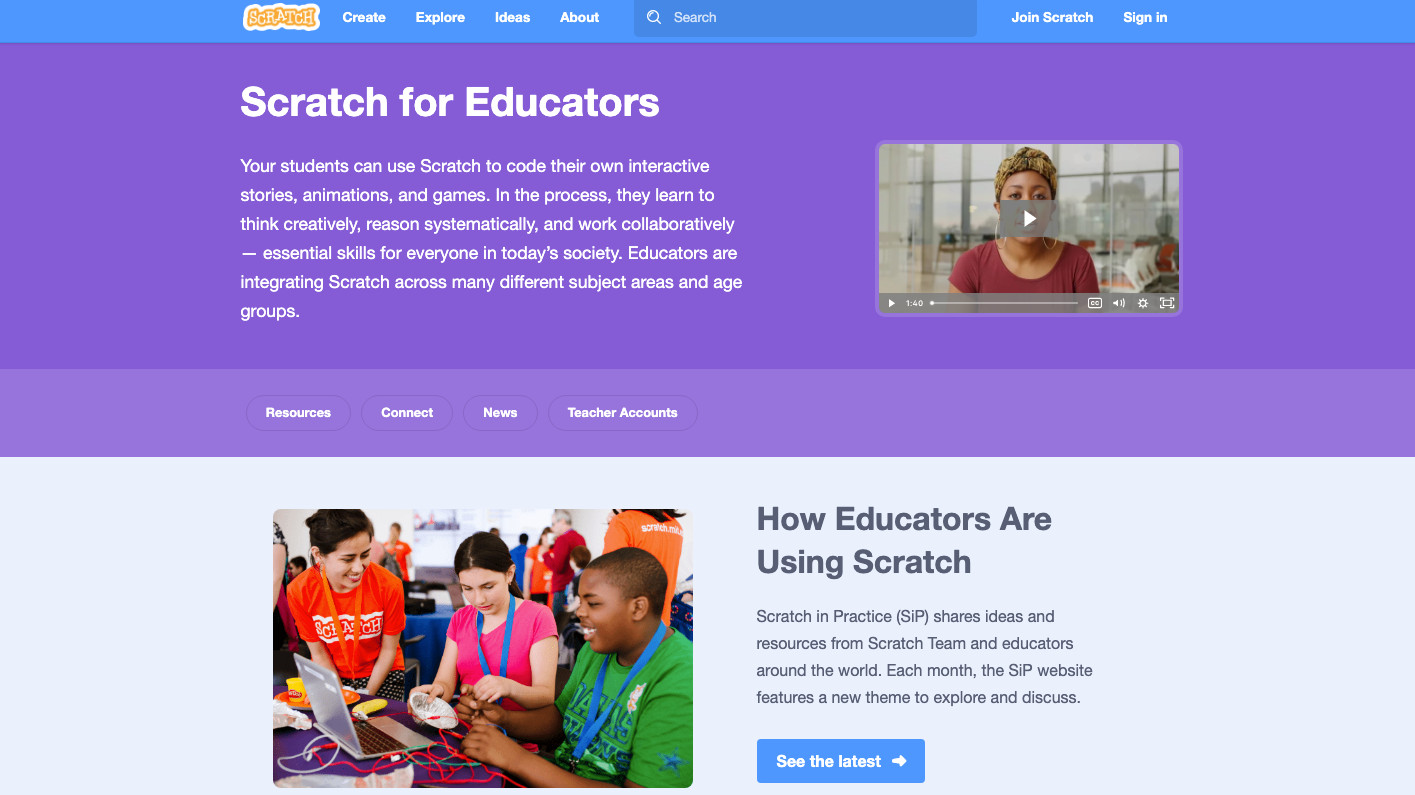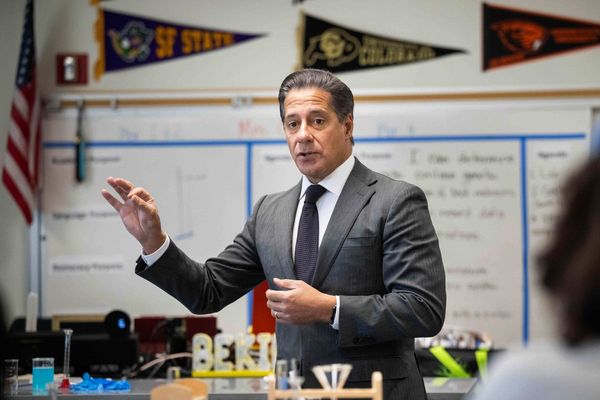
Scratch is a free block-based programming tool that can help teach students coding in a way that's fun and visually led.
That makes this a great option for beginners and younger students who may find more complex coding too much, but could benefit from getting a grasp of the basics via block-based interactions.
The tool itself lets students create, to engage them. From making images to building animations, they can create real results that are apparent right away. Consequently, students of all levels and abilities can find pleasure in engaging with this tool – both in class and on their own devices and time.
Read on to find out everything you need to know about Scratch.
What Is Scratch?
Scratch, as mentioned, is a programming tool that was built as a free-to-use way to teach young people to work with code. The idea was to offer a visually engaging platform that creates an end result that can be enjoyed while learning the basics of coding along the way.
The name Scratch references DJs mixing records, as this program allows students to mix projects such as animations, video games, and more, using sounds and images – all through a block code-based interface.
Developed by MIT Media Lab, the platform is available in at least 70 languages worldwide. At time of publishing, Scratch has more than 67 million projects shared by over 64 million users. With 38 million monthly visitors, the website is very popular for learning to work with block-based code.

Scratch is aimed at children of ages eight to 16. It launched publicly in 2007, and has since had two new iterations that took it from using the Squeak coding language to ActionScript to the latest JavaScript.
Coding learned by using Scratch can be helpful in potential future coding and programming studies and employment opportunities. Although, to be clear, this is block-based – so it's easy to use and requires students to arrange pre-written commands to create actions. But it's a great starting point.
What's New in Scratch?
Scratch has added a few visual updates that can make the platform more engaging for students.
Specifically, there have been updates to the logo color, high contrast blocks have been added, and the icons for views, loves, and favorites have been enhanced to make it all more color-blind friendly for students with visual impairments.
How does Scratch work?
Scratch 4.0, which is the latest iteration at the time of publishing, features three sections: a stage area, a block palette, and a coding area.
The stage area shows the results, such as an animated video, The block palette is where all the commands can be found to drag and drop into the project through the coding area.

A sprite character can be selected, and commands can be dragged from the block palette area into the coding area that allows the actions to be carried out by the sprite. So a cat cartoon could be made to walk forward 10 steps, for example.
It's a very basic version of coding, which teaches students more the process of action event-based coding rather than the deep language itself. That said, Scratch does work with lots of other real-world projects such as LEGO Mindstorms EV3 and BBC Micro:bit, allowing for greater outcome potential from the coding platform.
Want to build a real world robot and have it dance? This will let you code the movement part.
What are the best Scratch features?
The biggest appeal of Scratch is its ease of use. Students can get a fun and exciting result relatively easily, encouraging future use and more in-depth exploration of coding.
The online community is another powerful feature. Since Scratch is so widely used, there are lots of interactivity opportunities. Members on the site can comment, tag, favorite, and share the projects of others. There are often Scratch Design Studio challenges, which encourage students to compete.
Educators have their own ScratchEd community in which they can share stories and resources as well as ask questions. A great way to come up with fresh ideas for future projects.

By using a Scratch Teacher Account it's possible to create accounts for students for easier management and commenting directly. You do need to request to open one of these accounts directly from Scratch.
Aside from using Scratch to control physical world items such as LEGO robots, you can also code digital use of musical instruments, video motion detection with a camera, conversion of text to speech, translation using Google Translate, and much more.
How much does Scratch cost?
Scratch is totally free. It's free to sign-up, free to use, and free to collaborate. The only instance in which cost may come in is when paired with an external device. LEGO, for example, is separate and needs to be bought to use with Scratch.







